lunchbox 64
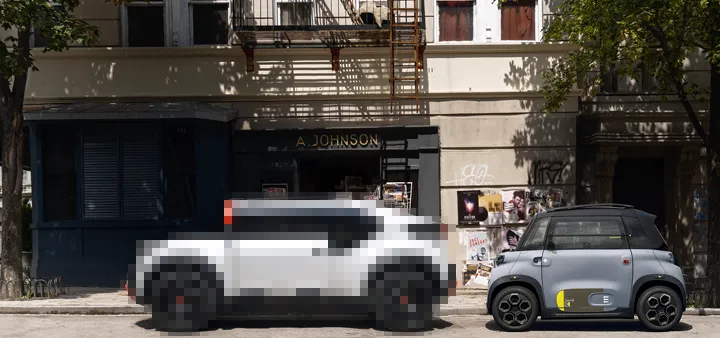
You can appreciate how one would start to see patterns, right? Like the flow between yin and yang, the universe creating itself out of material and immaterial energies.
Yesterday, the brutish brick Scheißhaus BMW XM in #63.
Today: a looks-like-they-could-build-it-tomorrow lightweight recycled urban electric “truck” from Citroën with no screens on its dash that the company says is a clear view of the brand’s future.
The universe takes, then it gives back.
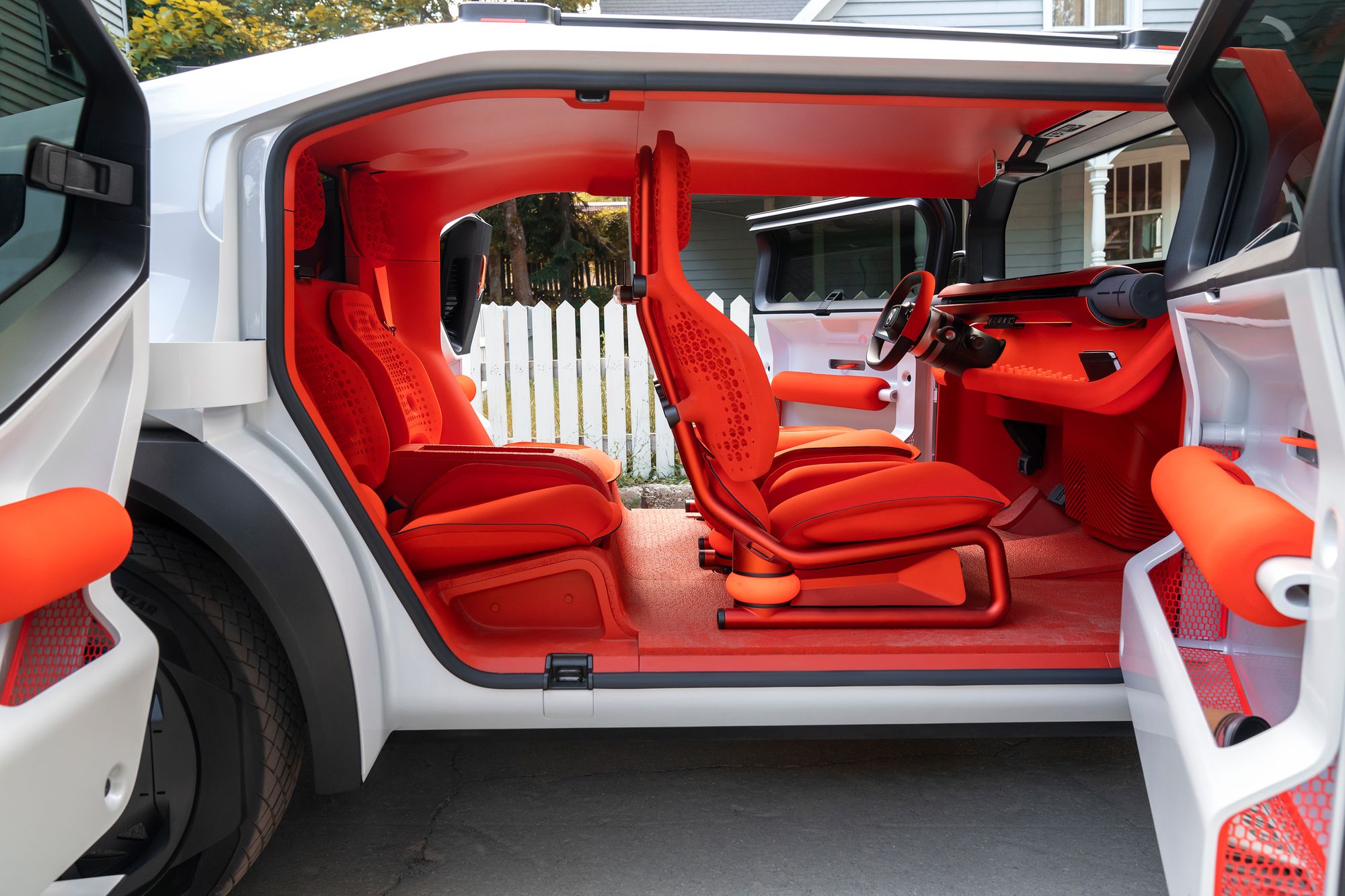
🙌 That’s an exuberant double high five from me to oli’s creators.
How many sparse, utilitarian “future mobility” concepts have we seen lately from upstart manufacturers? Many.
This isn’t a bad thing, but it’s more of a reaction to what we’ve been seeing on our roads: extreme, cancerous bloat.
With oli, Citroën must have been either snooping around my computer or has been toiling away with an astute eye toward the future.
Those eyes saw it all: even oli’s most prominent interior switchgear has been hollowed out and turned into stencils.
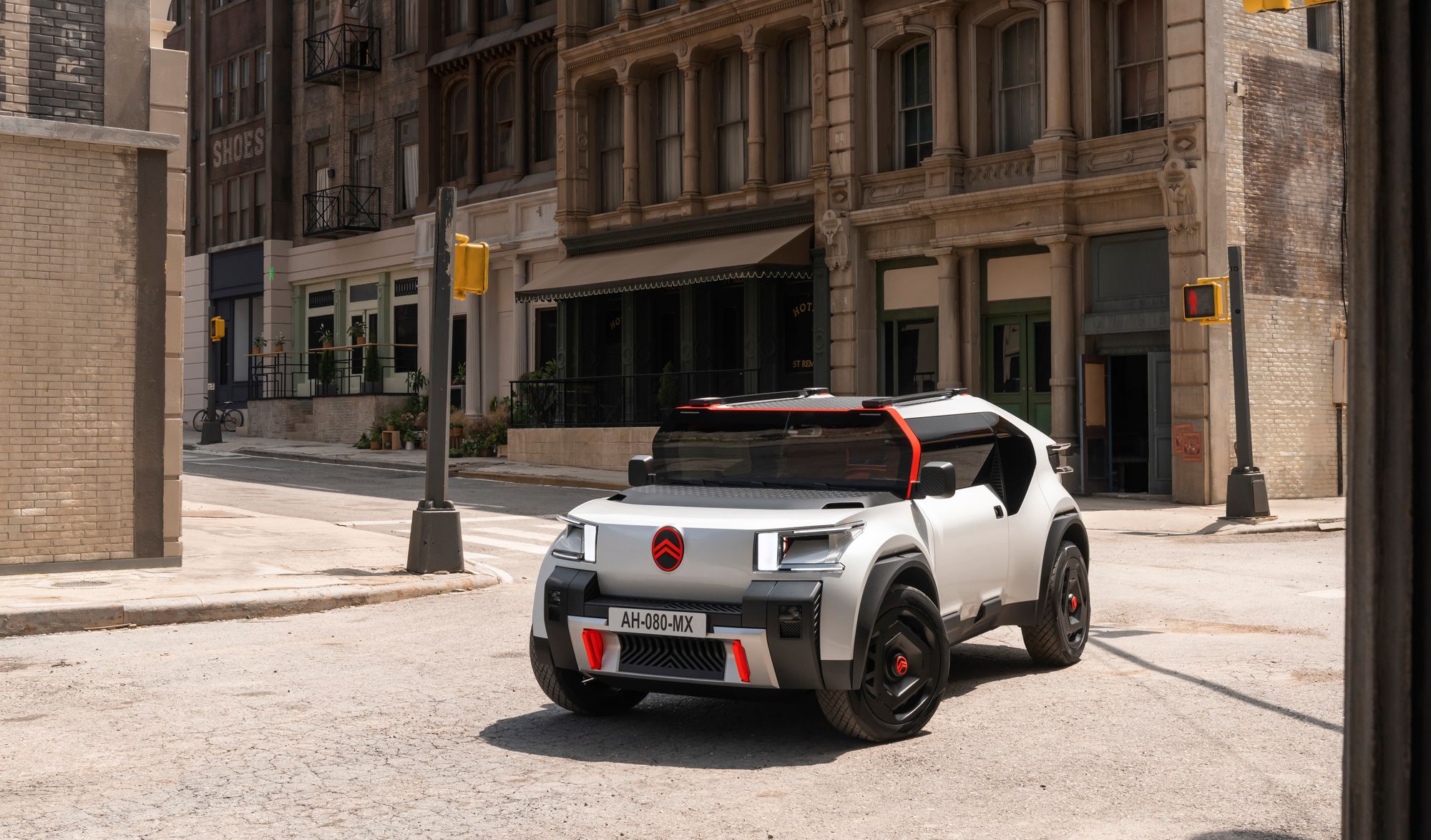
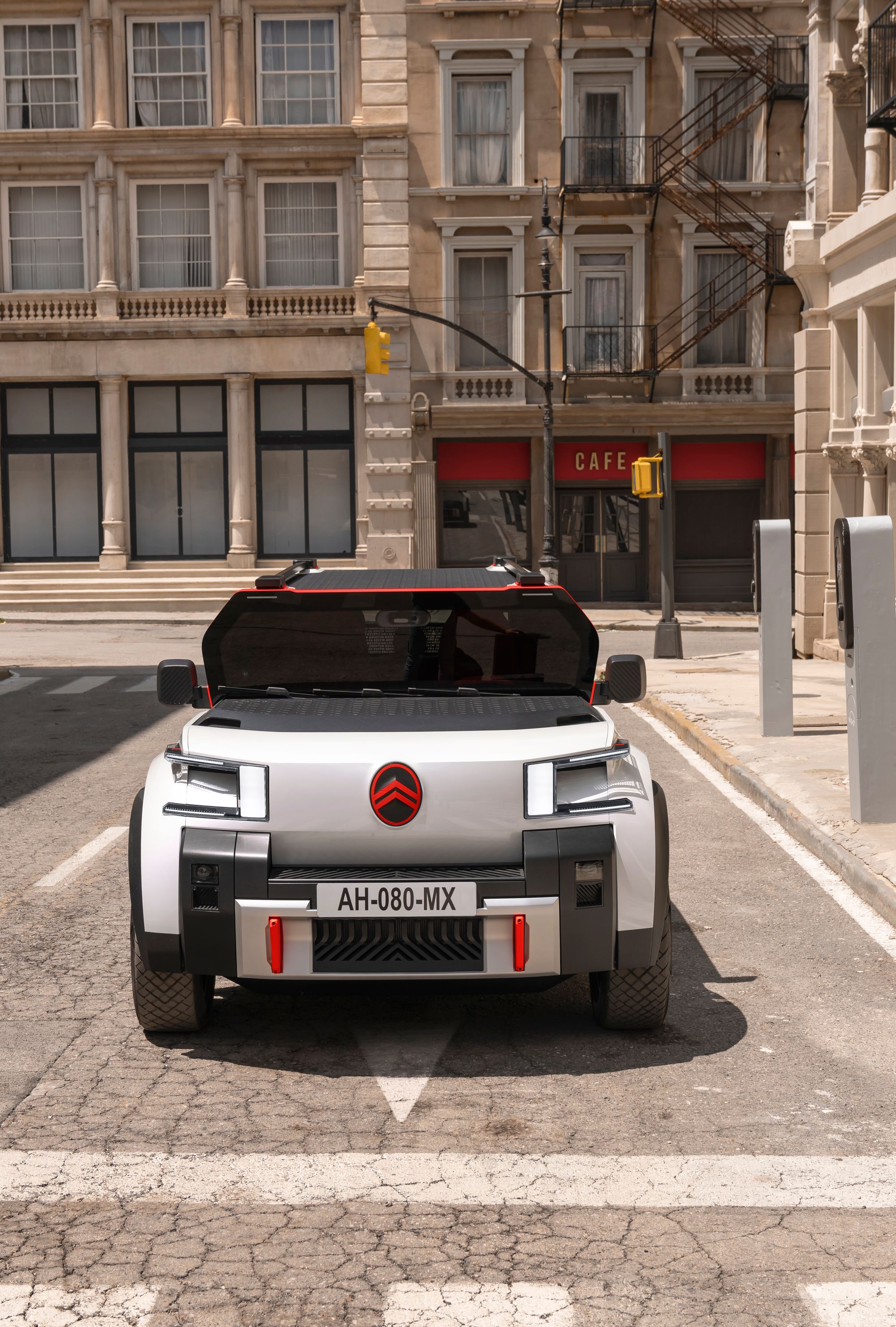
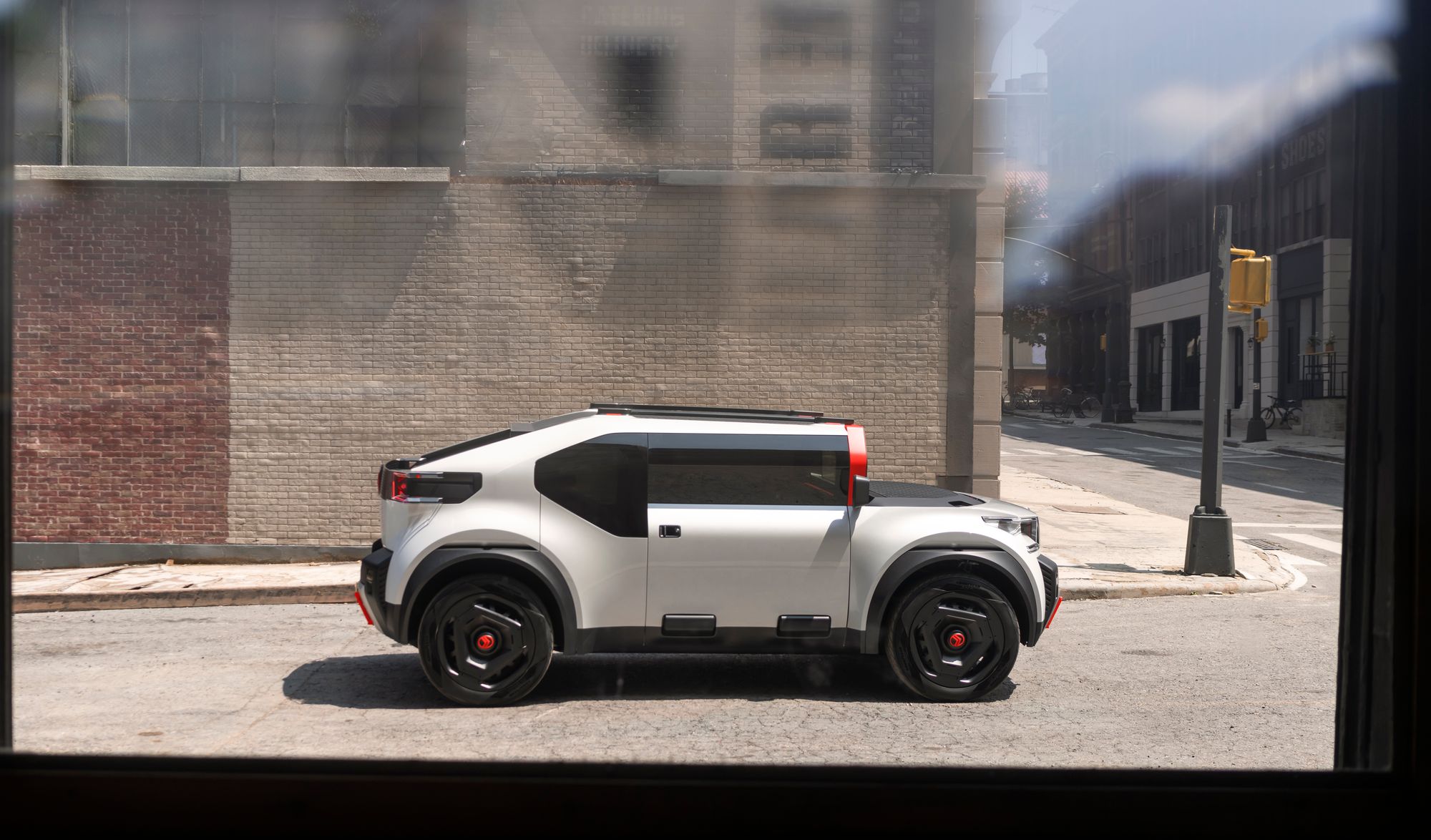
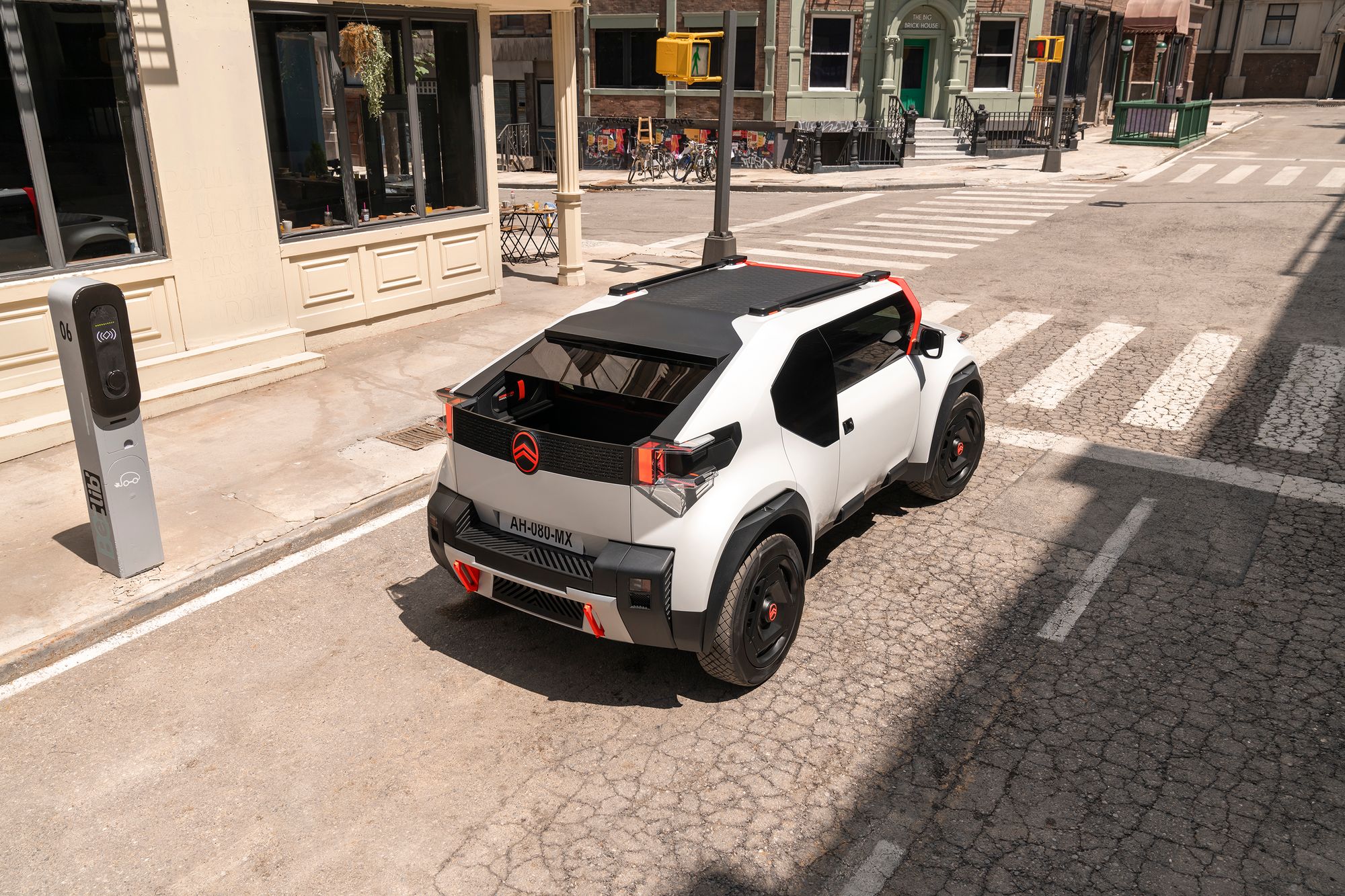
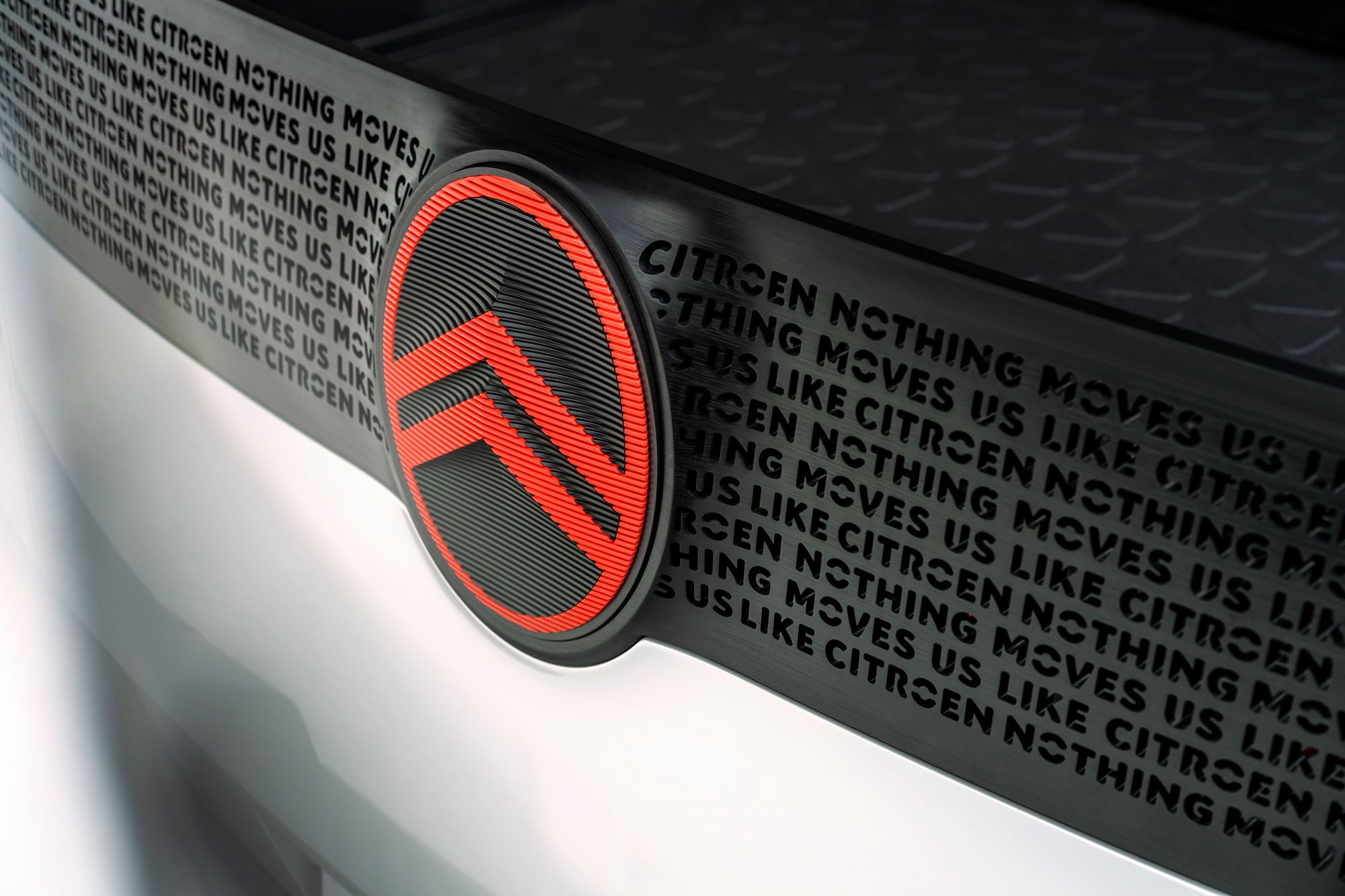
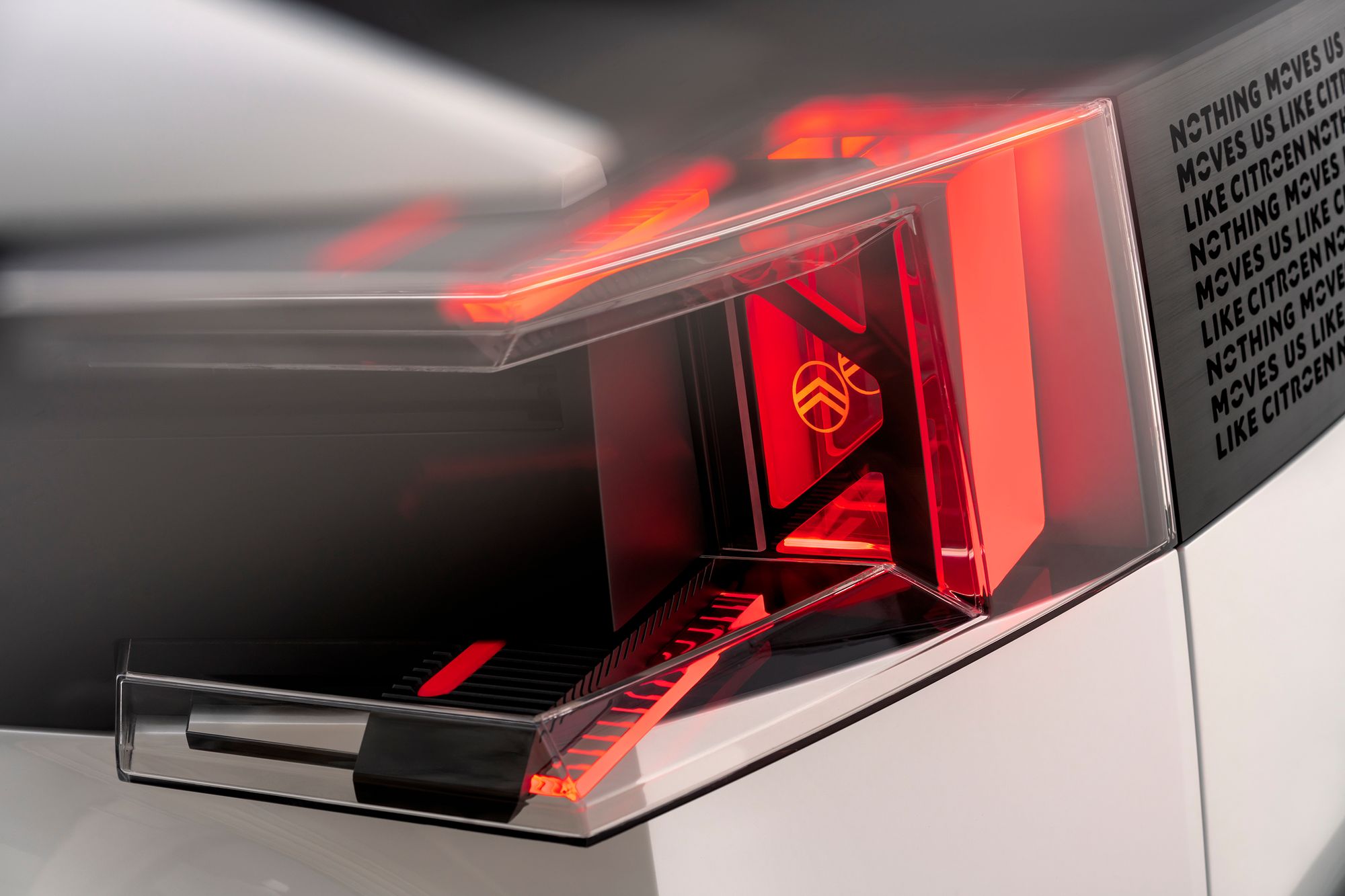
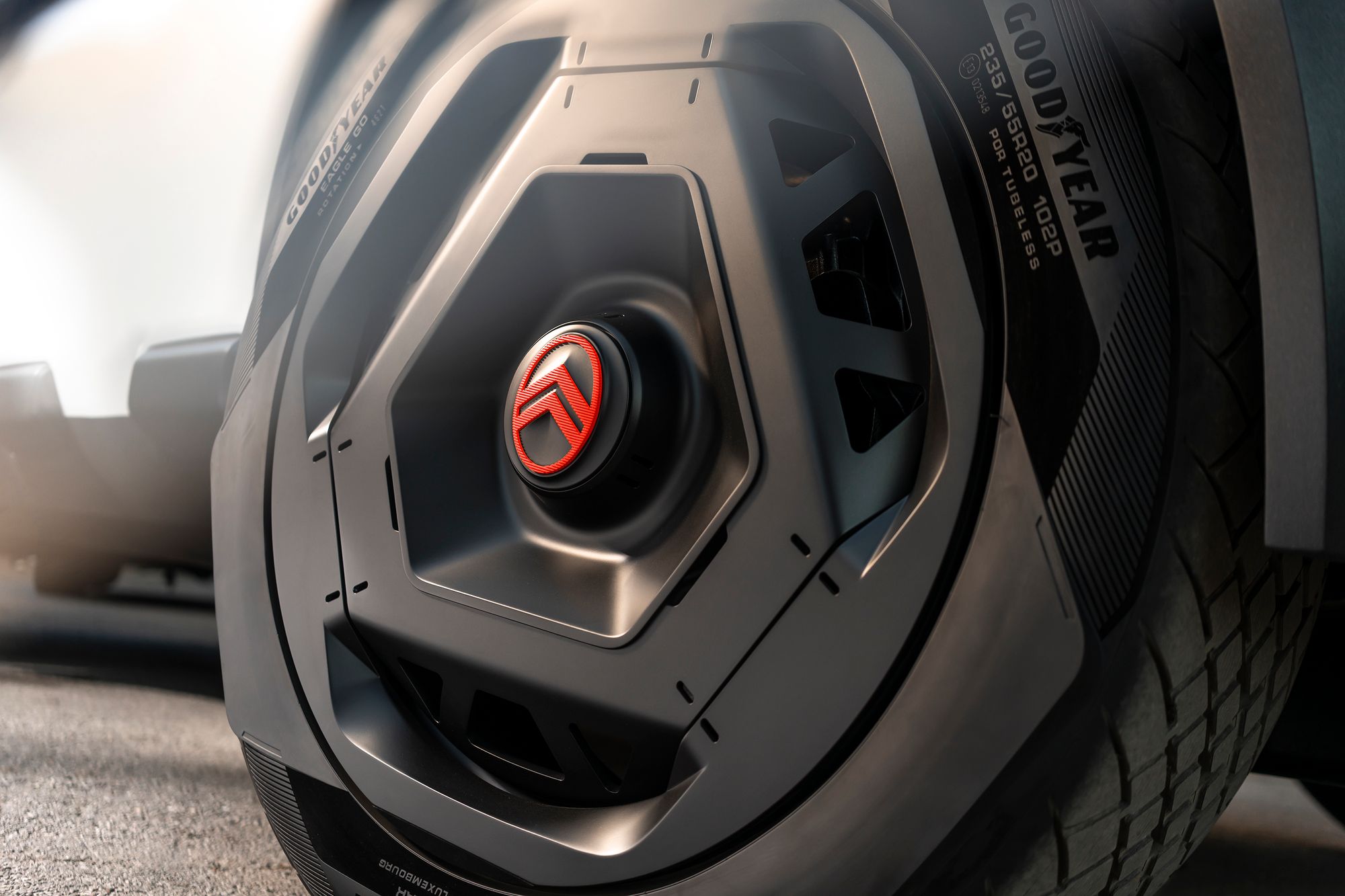
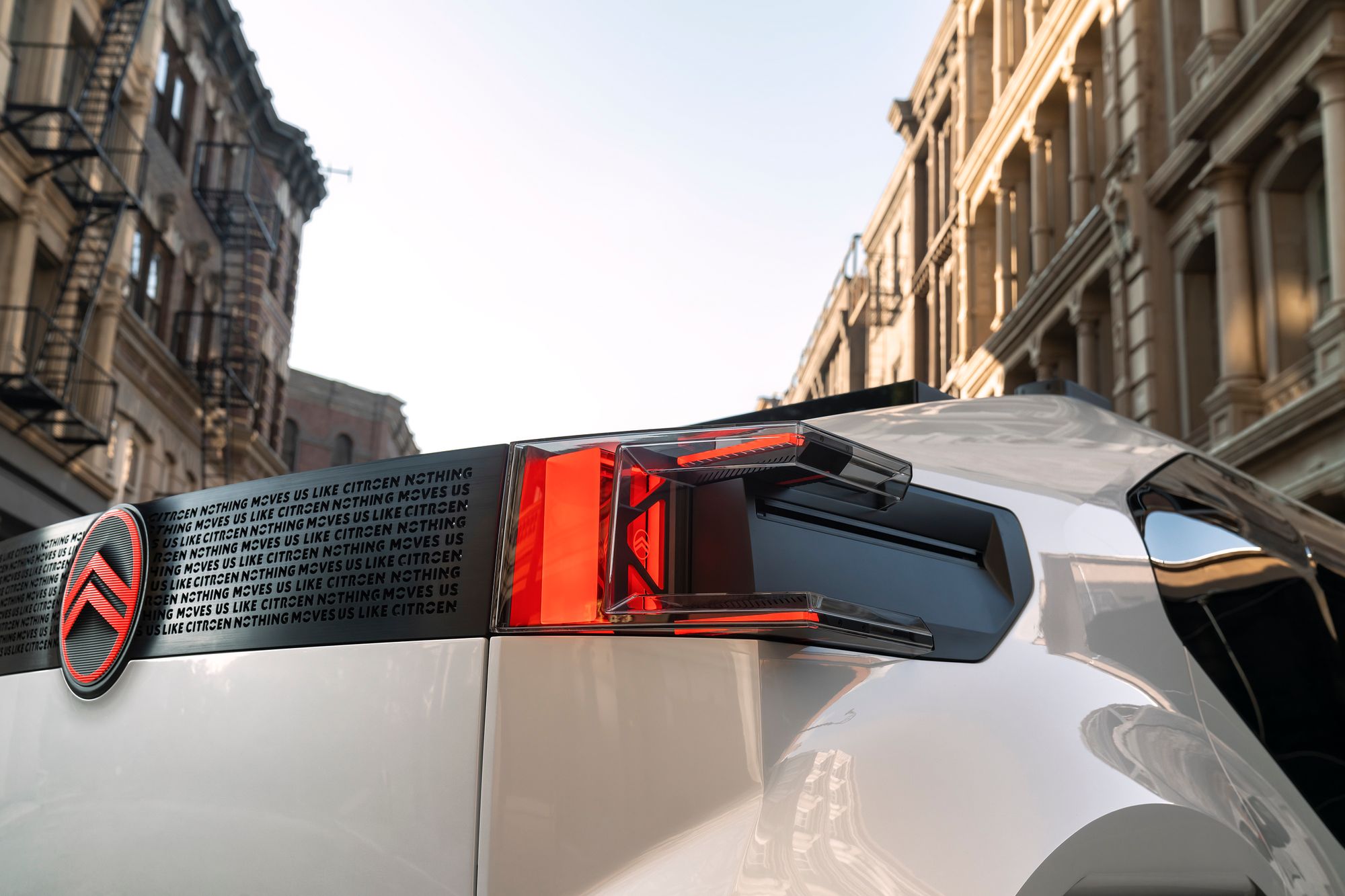
Mostly recycled, no interior screens in sight, top speed limited to 110 km/h, and lightweight—it has all the hallmarks of the opportunistic, proletariat-focused approach that cemented the appeal of a car fronted by those unmistakable double chevrons. Range? Quoted at 400 km from a modest 40 kWh battery pack.
There’s so much in this concept car. Eco-conscious, mostly recycled, minimalist-focused materials. Fewer parts. A better use of your time is reading this gigantic quote from Vincent Cobée, Citroën CEO, prominently featured in the oli release (emphasis mine):
“Three societal conflicts are happening simultaneously: first is the value of and dependence on mobility, second is economic constraints and resource uncertainty, and third is our growing sense of desire for a responsible and optimistic future.
“Consumers can sense the era of abundance may be over and increasing regulations as well as rising costs may limit our ability to move around freely.
“At the same time, a growing awareness of the need to accelerate efforts to prevent climate change is making us more eco-conscious and discerning.”
“A typical mid-70s family car weighed around 800kg and was 3.7 m long and 1.6m wide. Today’s equivalents have grown to more than 1200kg, at least 4.3 m long and 1.8m wide. Some even weigh more than 2500kg. Legal and safety requirements have driven some of this, but if the trend continues and we carry on parking these vehicles 95% of each day and driving 80% of journeys with a single occupant, the conflict between the need to protect our planet and the future promise of sustainable, electrified mobility will not easily be resolved.
“Citroën believes electrification should not mean extortion and being eco-conscious should not be punitive by restricting our mobility or making vehicles less rewarding to live with.
“We need to reverse the trends by making them lighter and less expensive and find inventive ways to maximise usage and refurbish for subsequent owners. Otherwise, families won’t be able to afford the freedom of mobility when all-electric vehicles become the only option available to them.”
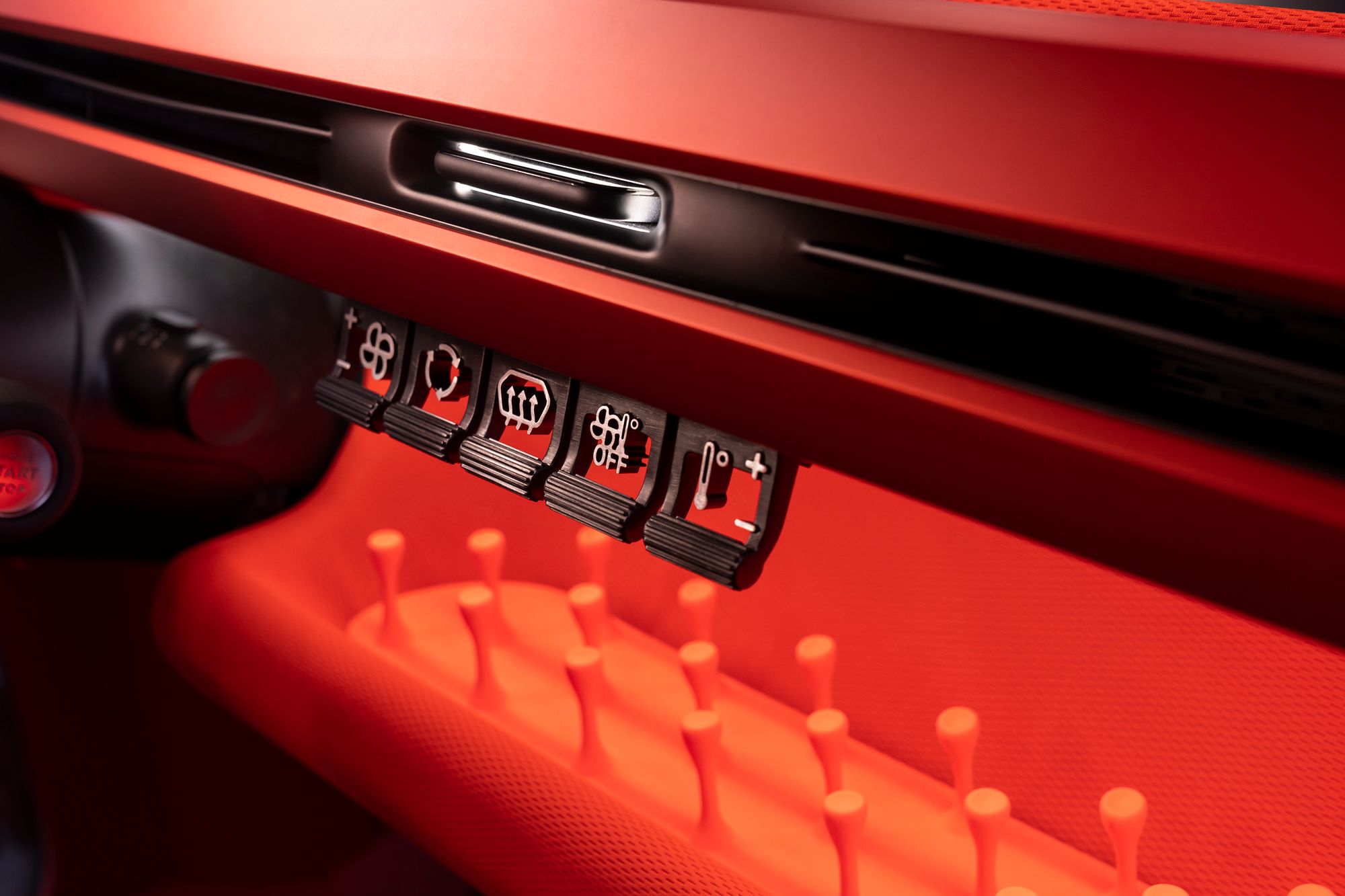
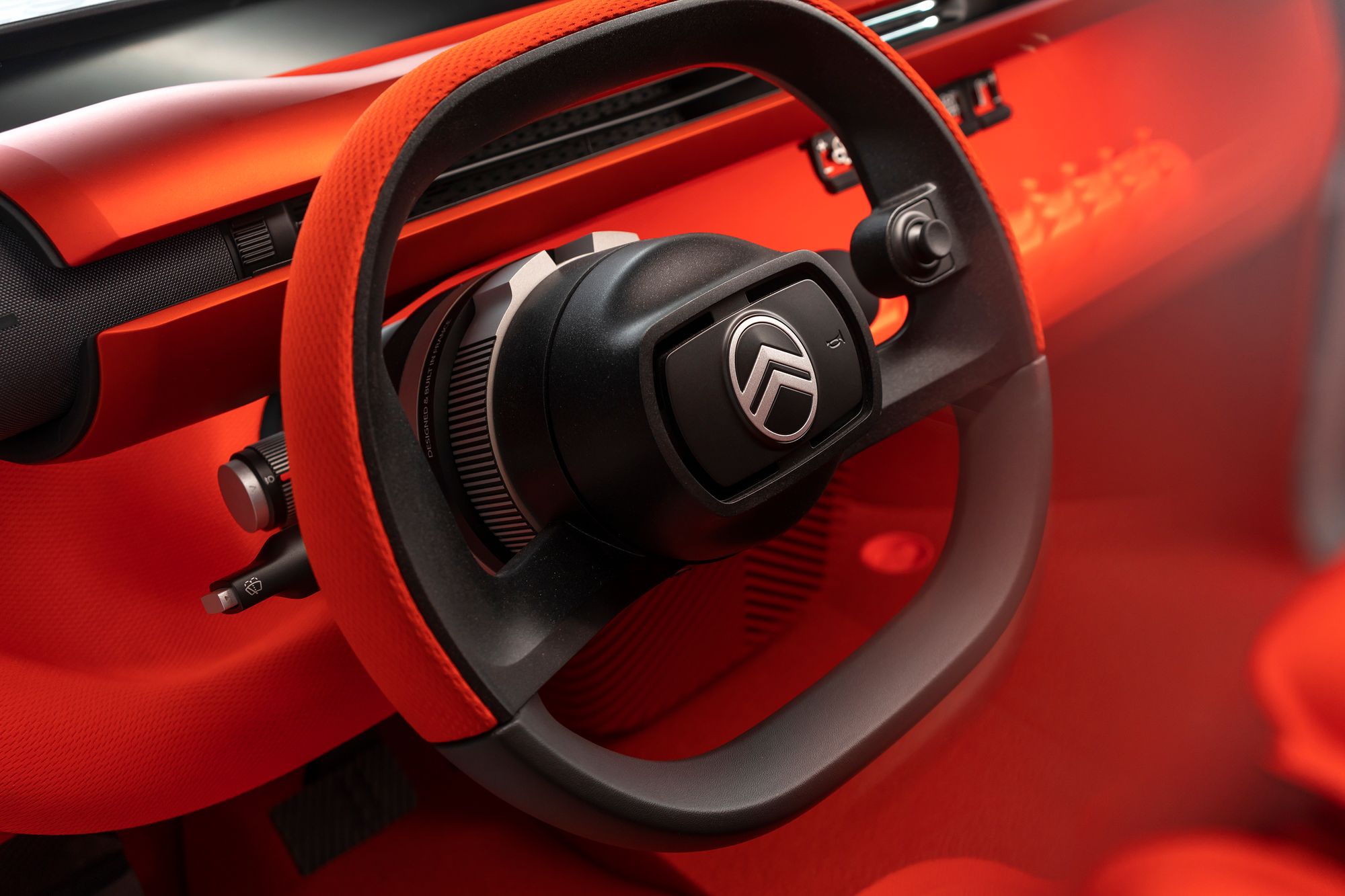
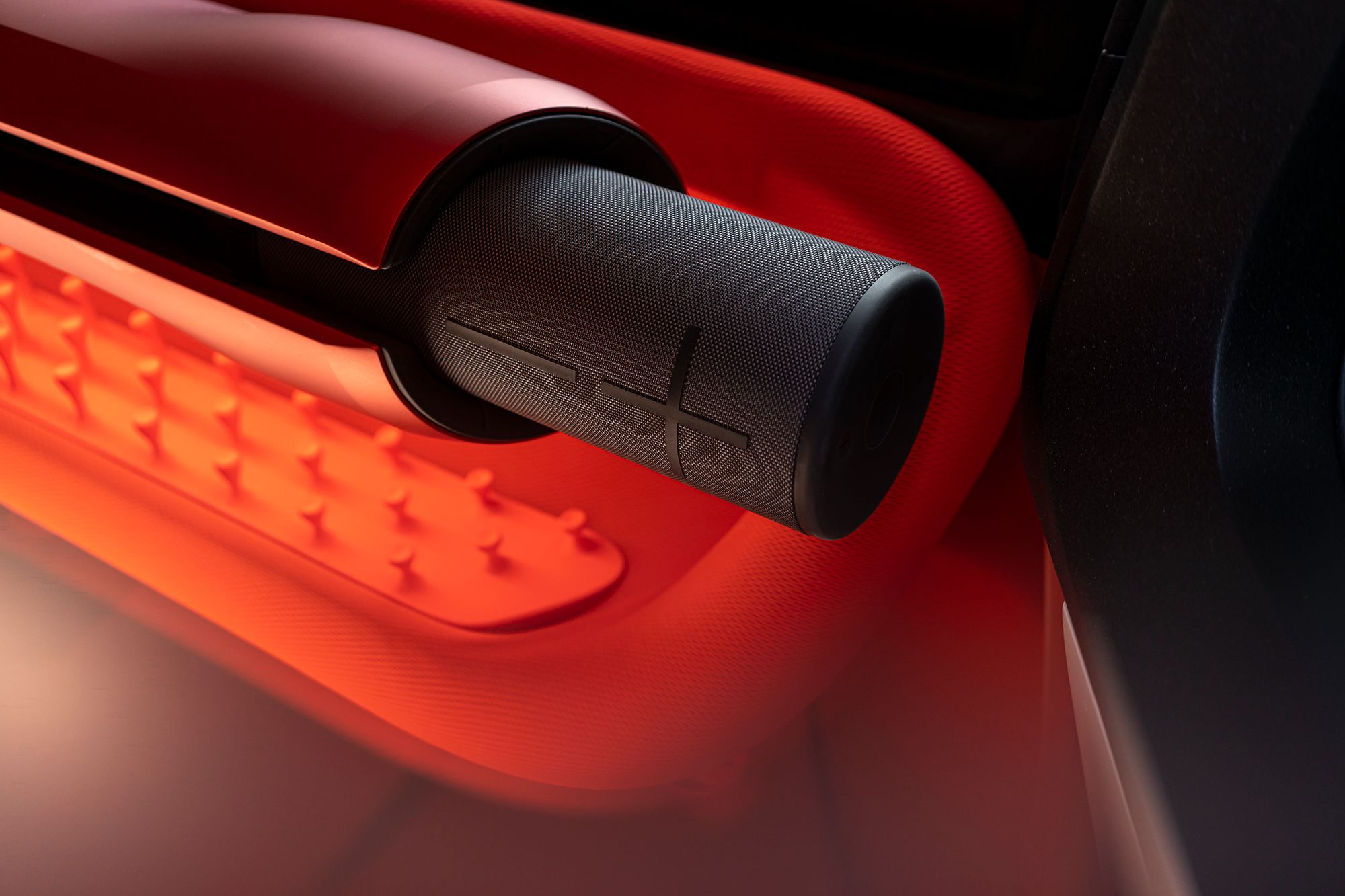
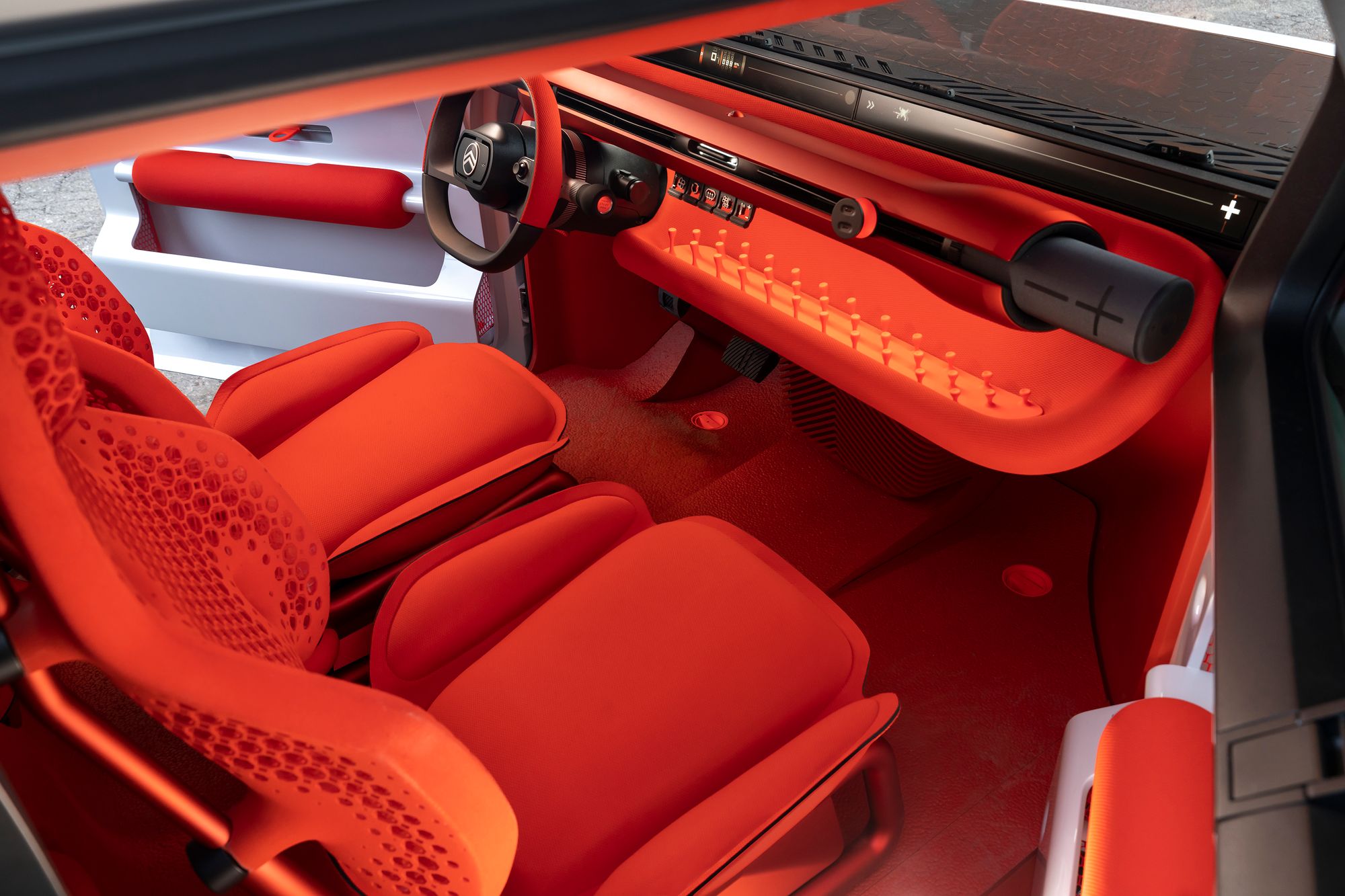
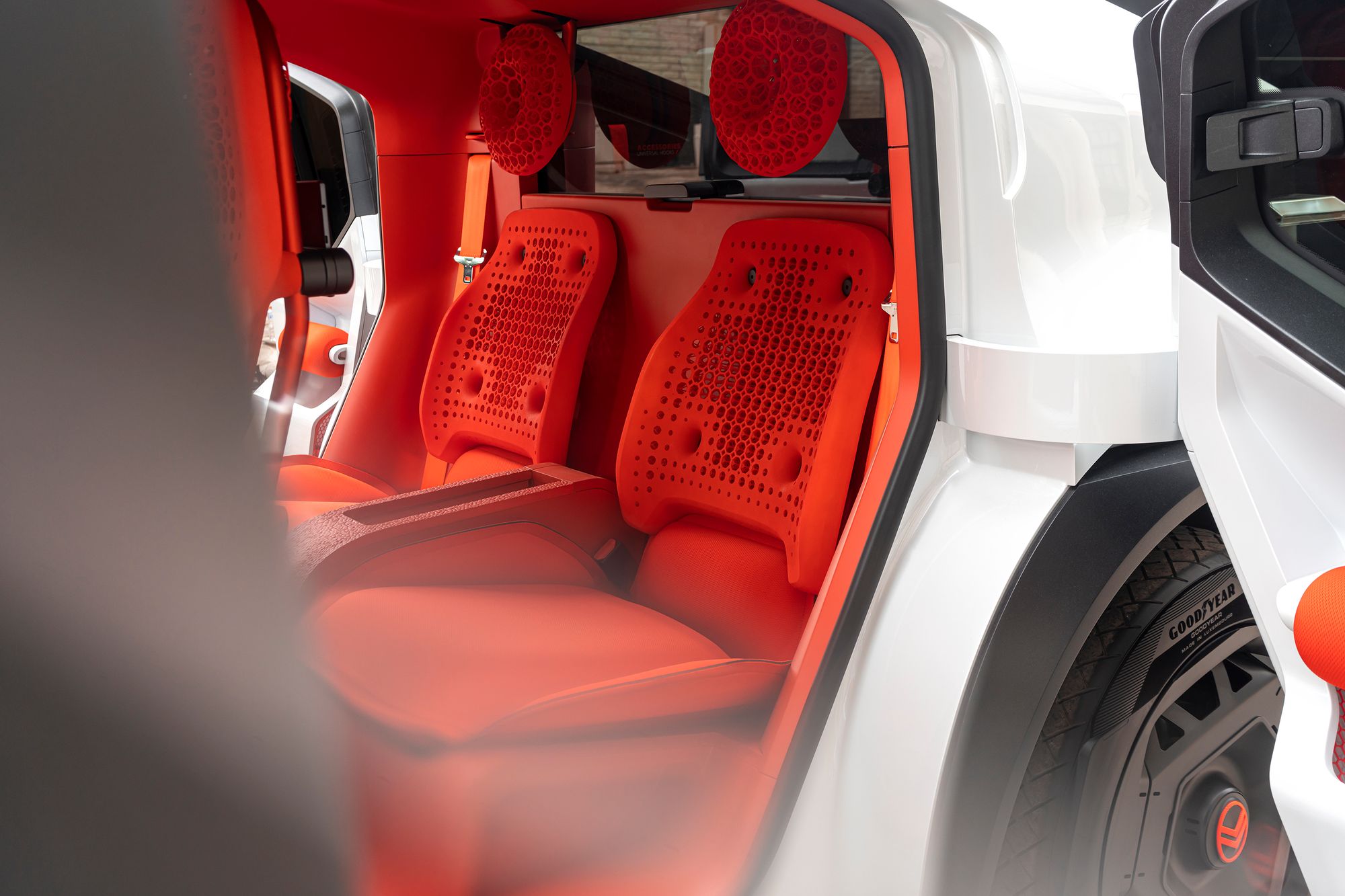
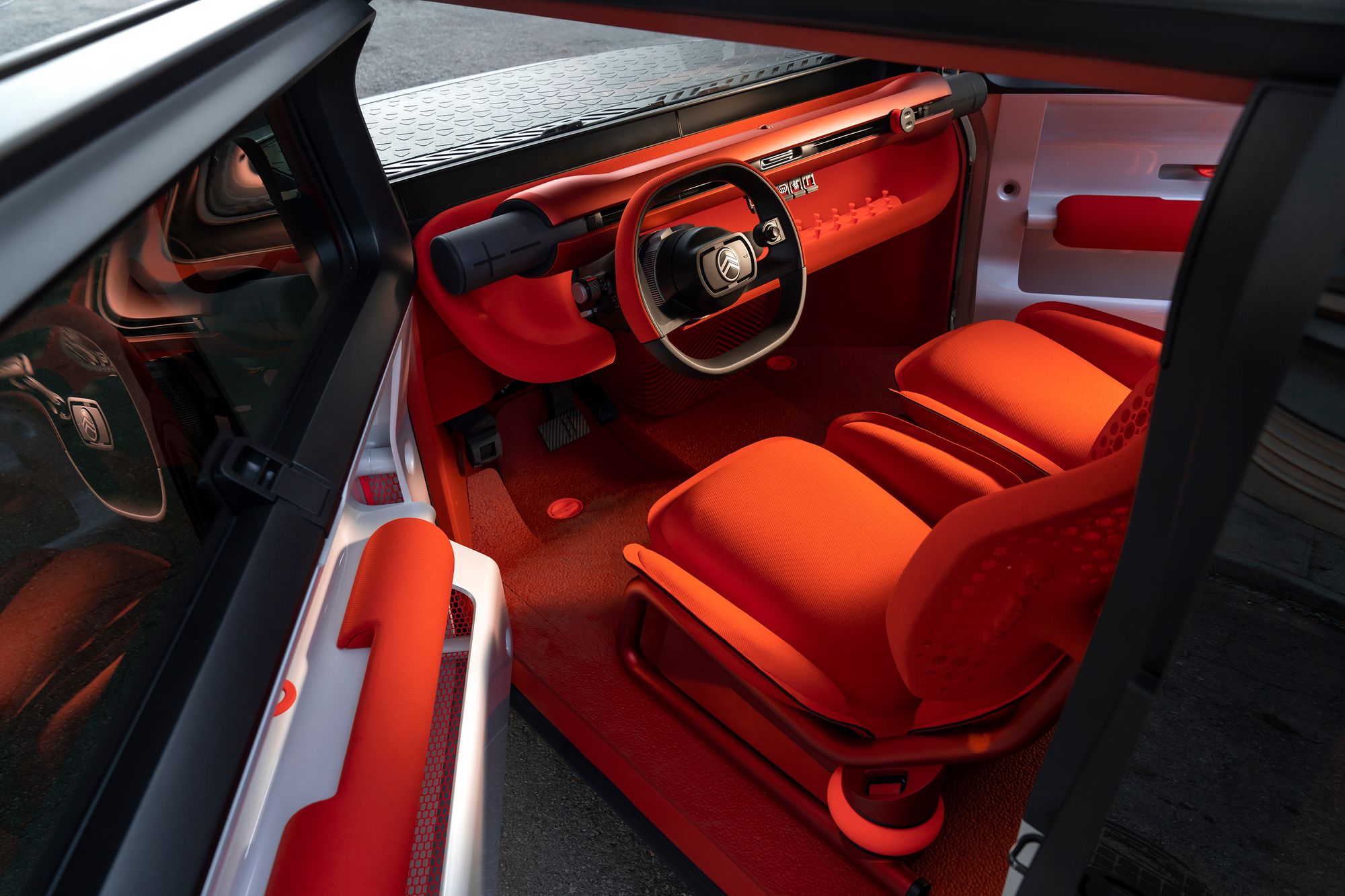
When people share or celebrate retro-inspired renders of the 2CV, I think it’s farcical to believe a modern 2CV would look anything like an earlier one: it would look much more like an oli. André Lefèbvre and his team approached their minimal masterpiece as more of an obsession with material science than lean carmaking.
For example, by wanting to eliminate the need for a battery, early plans were to commercially breed fireflies to be used as the 2CV’s headlights. I mean…headlight: the first prototypes had only one.
It finally looks like Citroën is on the right track to capturing its pioneering spirit of efficiency, but for the next age of motoring.
CITROËN OLI [all-ë]: RADICAL, RESPONSIBLE AND OPTIMISTIC APPROACH INITIATES AUDACIOUS FUTURE INTENTIONS FOR THE BRAND

Just 10 years ago, the racing circuit known as Valencia was drowning in the wail from a full grid of Formula 1 cars, fans—and a jubilant podium that saw Fernando Alonso win his second-ever Spanish Grand Prix and Michael Schumacher capture his last-ever podium finish in 3rd.
Now? Uhhhhhhh…just watch this.
The Formula 1 Track You’re Allowed To Visit • Matt Amys
see also :: 2012 European Grand Prix (Wikipedia)
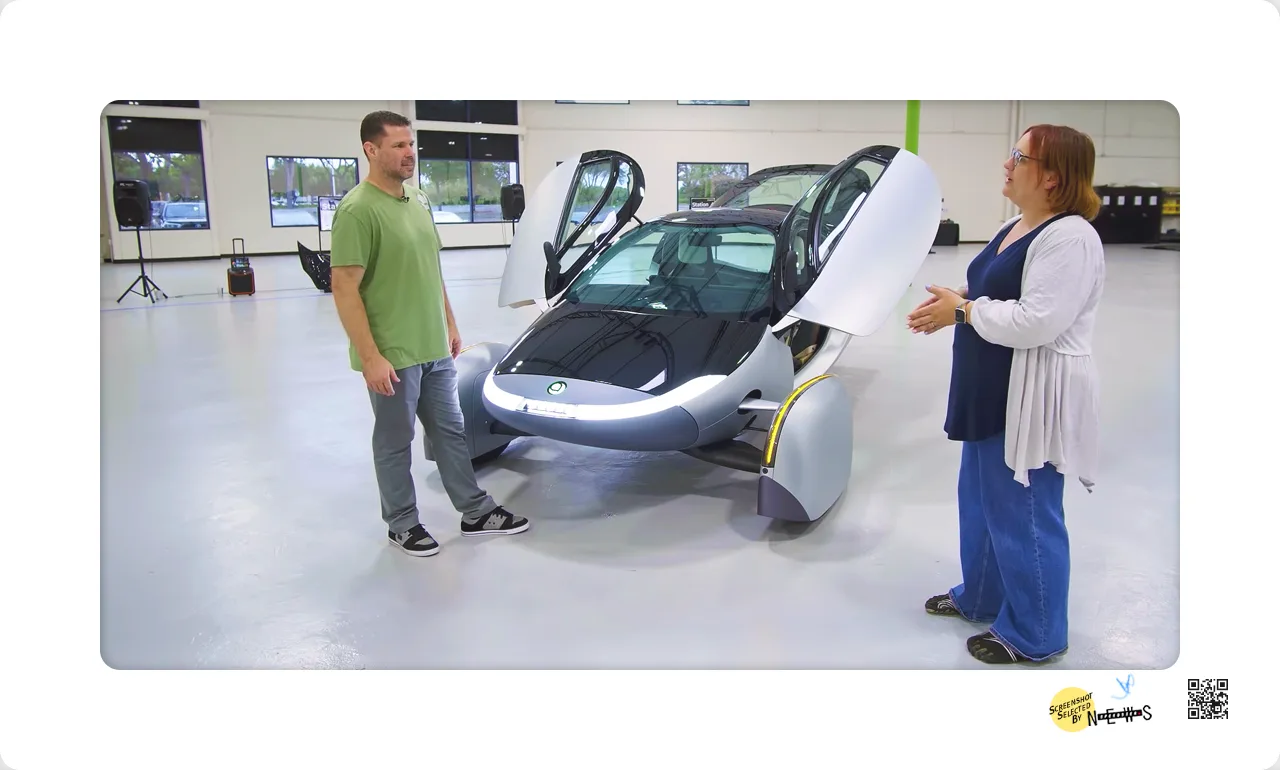
Incumbents in the auto industry have such an advantage. A not insurmountable advantage—credit to Tesla—but there’ll definitely be many sleepless nights and questionable, mind-wracking decisions that must happen before any new vehicle can enter production…much less be considered a success.
Enter Aptera 2.0, where the company’s first 1.0 run at making cars is chronicled pretty well over on my Twitter…’cause I was there, and rooting for ’em. Now reborn, with a new lease on life and more modern technology (EVs have developed a lot in the last decade), Aptera is showing off its latest prototype: Gamma.
Transport Evolved’s first look does an awesome job at diving deep into this 3-wheeled, diving swallow-shaped car that (at least how I’d configure it) should land at around $35,000 Usd. in a few years’ time.
More than simply replicating what had been done before, Aptera seems very committed to building an entire ecosystem of open data sharing between owners, repairers, and the aftermarket. Why? To ensure the cars produced stay on the road for as long as possible.
I don’t mean just basic specs: everything you may need to rebuild or upgrade the car over time, according to Aptera CEO Chris Antony:
“We really have a different mentality than I think a lot of other EV companies and automotive companies or vehicles in transportation in general. We want people to keep these vehicles on the road as long as possible. We want this to be a generational vehicle. The great thing about having a composite vehicle is it'll never rust away so we would like for you to be able to upgrade this vehicle over time…
“We want you to be able to upgrade the battery pack over time; all the solar panels are removable, so in 10 years if solar panels are over 30% efficient, great—I can get an upgrade to my Aptera and keep these vehicles on the road as long as possible.”
To me, this is a winning approach—and may just tip me over the edge when it comes to placing a reservation. The process here in Canada is a bit different, and regulations are still a grey area. Here’s hoping I’ll soon get more clarity on how to take home the all-wheel-drive 3-wheeled EV of my dreams.
The Aptera Gamma Prototype Is Here. What's NEXT? • Transport Evolved
-30-

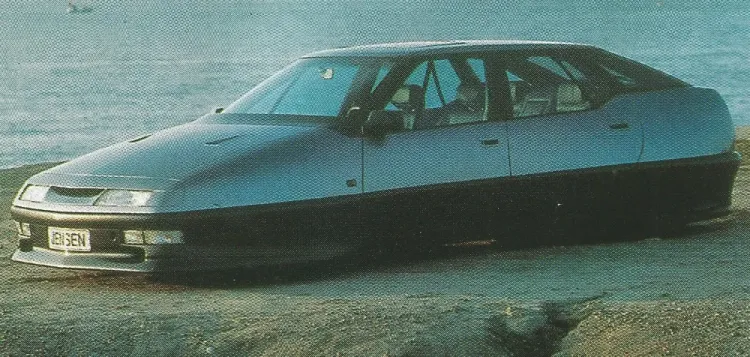

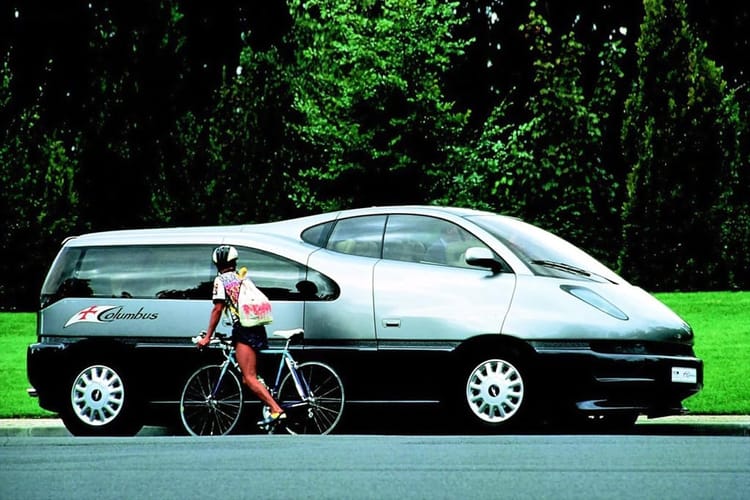

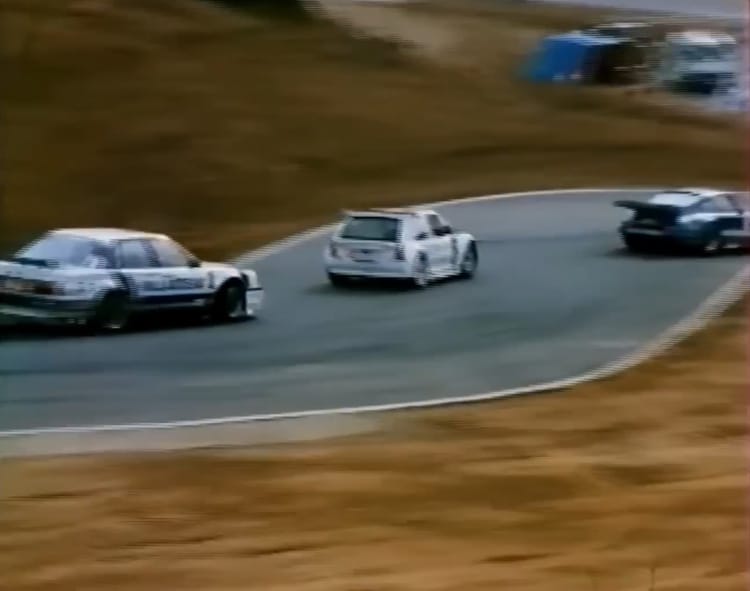
Member discussion